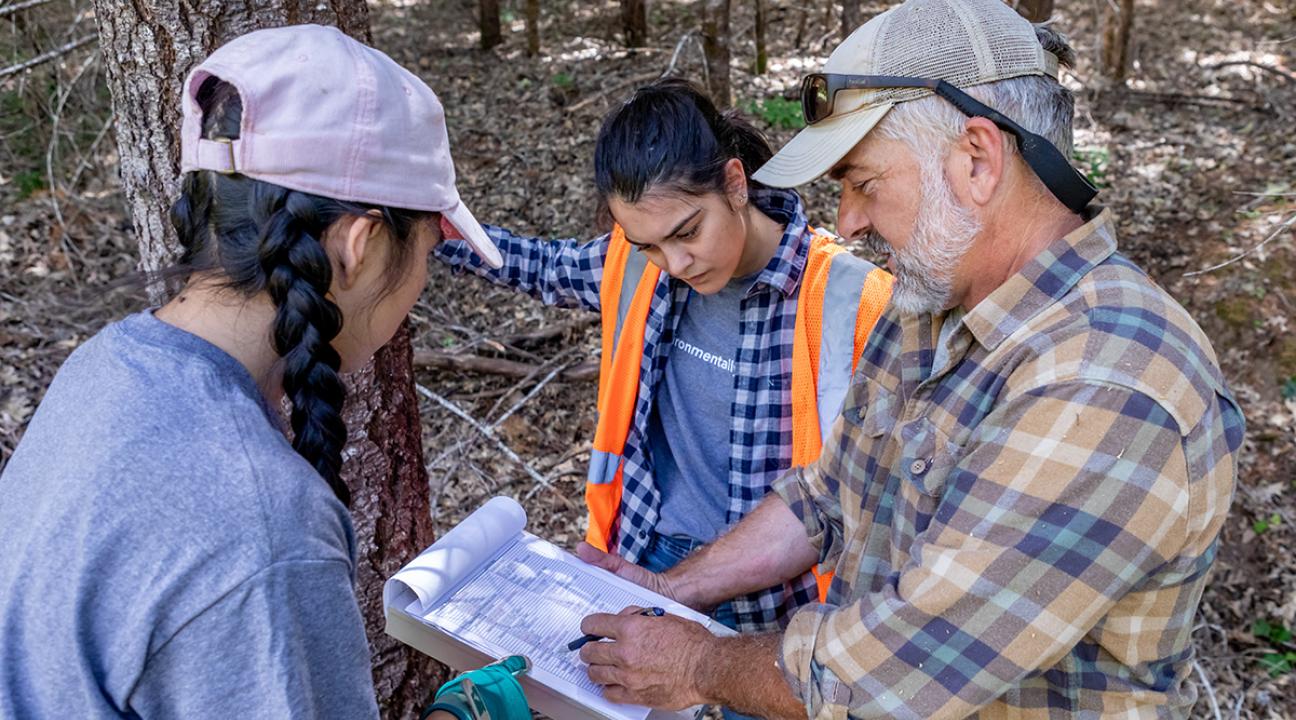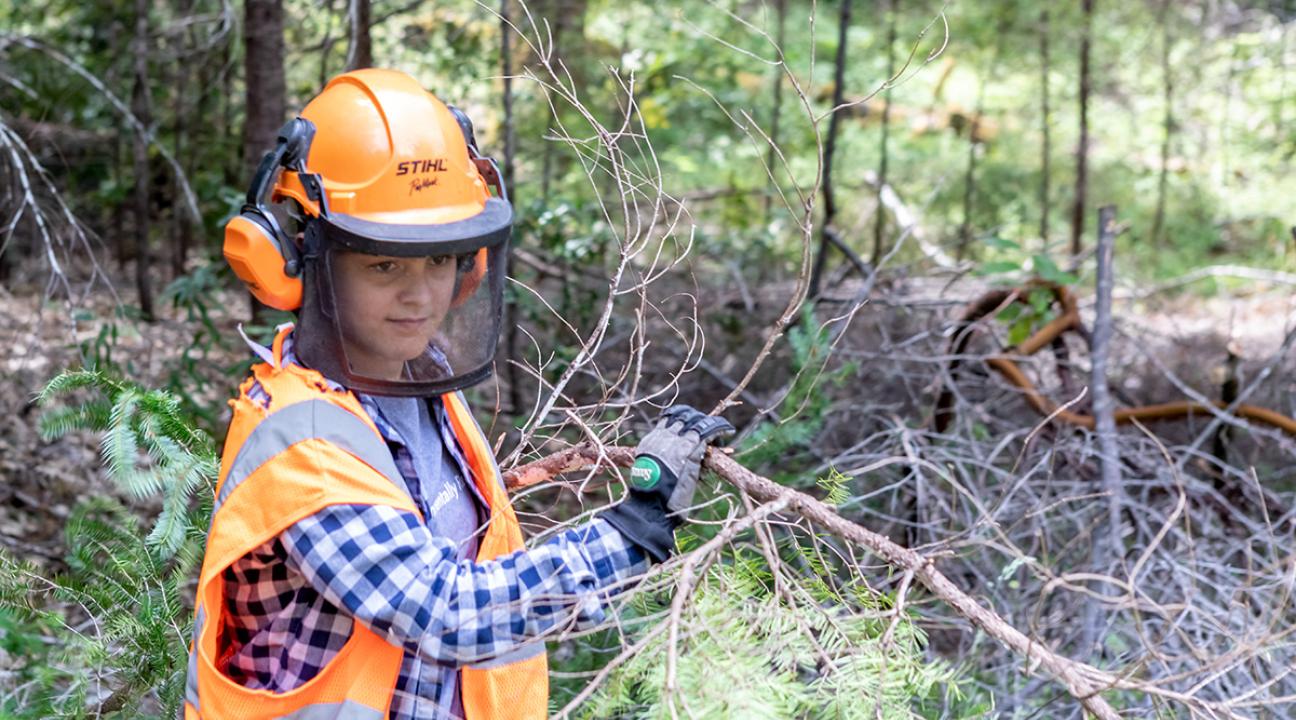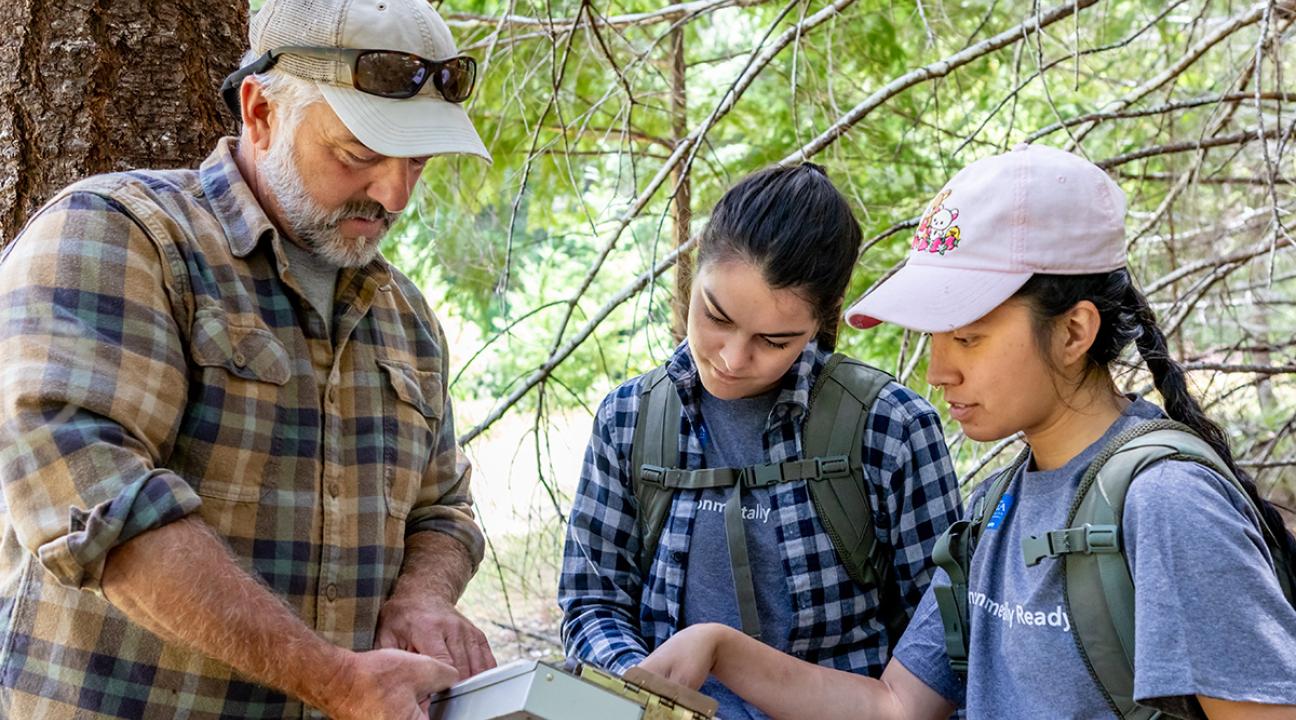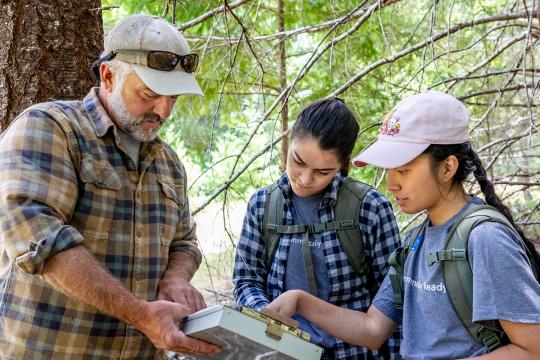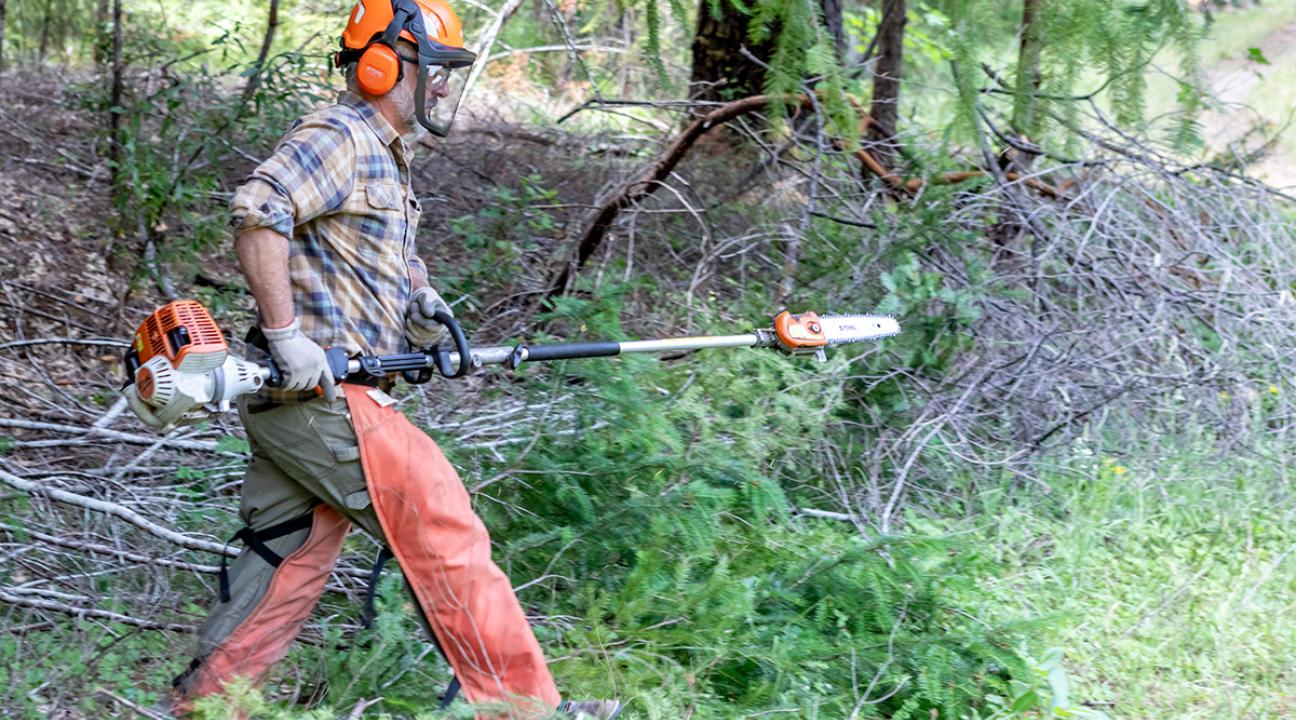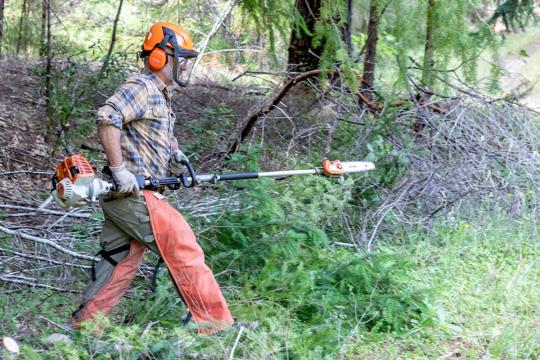Grant Supports CEI's Work to Increase Fire Resilience in Region
The Center for Environmental Inquiry continues to advance research, education, best practices, and collaboration in the area of fire resilience, thanks to a $890,000 collaborative grant from the California State Coastal Conservancy.
The grant covers work across 12 sites throughout Sonoma and Mendocino Counties, including Sonoma State University’s three preserves – Galbreath, Osborn, and Los Guillicos – which are overseen by CEI. This work includes vegetation management, such as ladder fuel and invasive shrub removal, reduction of dead and downed material, transporting woody material, and biochar production. In addition, the grant supports trainings, tree canopy preservation, and project management.
“Our primary goal is to ensure that students get professional experience working on this critical issue of fire resilience,” said CEI Director Claudia Luke. “Students meet and work with experts in this field across disciplines, expanding their networks and positioning them to find employment and research opportunities post-graduation.”
Luke explained that the multi-site grant, led by the Sonoma Ecology Center, benefits not only students, but also neighboring communities. “All sites provide significant public benefits including programs for under-served or disadvantaged communities,” Luke said. “The work not only reduces fire risk for communities adjacent to wildland areas, but it increases the ability of forested ecosystems to recover from a fire, a benefit for everyone in our community and beyond.”
All 12 sites are in High or Very High Fire Hazard Severity Zones. The sites need ecologically informed vegetation management, because overgrowth of non-native invasive weeds has increased fire risk that could further harm biodiversity, water resources, and human homes and infrastructure. Projects to reduce fire risk and increase fire resilience – such as those supported by this grant – are critically important to preserve, protect and rehabilitate the lands in this fire-prone area.
Organizations involved in this far-reaching grant project are committed to facilitating shared learning in the fast-evolving field of climate-resilient natural areas management, said Luke. “Already, communication among our project partners has been instrumental for sharing ecological, social and logistical knowledge.”
Partners on the grant are: Sonoma Ecology Center, Center for Environmental Inquiry, Land Paths, Rips Redwoods, Shelterwood Collective, and Oak Hill Farm.
To learn more about our preserves and the events and trainings we offer, visit cei.sonoma.edu/preserves.




